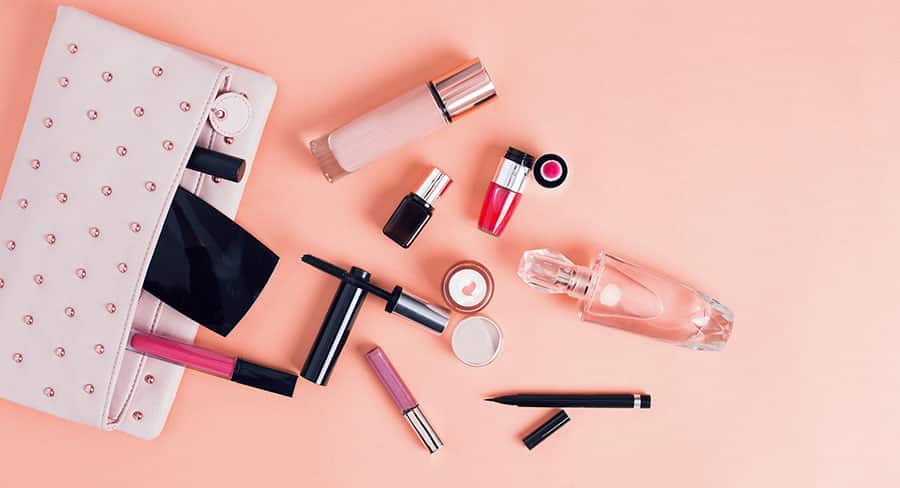• Beauty adspend to strengthen throughout 2019-2021 after two years of decline
• Internet advertising overtook television as the biggest medium for beauty in 2018, and will attract 50% of all beauty adspend in 2021
• Beauty ad spend in Australia will continue to decline in 2019, witnessing a modest recovery in 2021, driven by an 11% increase in online advertising.
Growth in global beauty adspend will rise from -1.2% in 2018 to 2.7% this year, and will reach 4.7% in 2021, according to Zenith’s Beauty Advertising Expenditure Forecasts. This acceleration of growth will be spurred by the global expansion of e-commerce advertising and the improved supply of premium digital environments. Beauty adspend will total US$14.4bn this year, and reach US$15.8bn in 2021.
Beauty adspend has struggled in recent years as magazines and television – traditionally favoured by brands for their ability to evoke emotional connections with consumers through bold imagery and high production quality – have lost audiences to the internet. While these channels are still valuable, circulations have declined for many years and ratings are now falling in key markets.
Magazines commanded 21% of beauty adspend in 2014, but fell to 13% in 2018, though that’s still high compared to their 4% share across all categories. By 2021, magazines will account for 8% of beauty adspend versus 3% for the market as a whole. Television’s share of beauty adspend dipped below 50% for the first time in 2016, and fell to 40% in 2018, while accounting for 31% of adspend across all categories. It’s forecast to fall to 35% by 2021, compared to 27% for all categories.
The beauty market is becoming more fragmented, and brand loyalty is harder to maintain as the number of brands grows. Incumbent brands are facing competition from new competitors: direct-to-consumer (D2C) brands, eco-brands and retailer-owned brands. Many of these new brands, particularly D2C, have sought growth through targeted promotions, without investing in the mass-reach brand building that typically drives beauty adspend growth.
This combination of shrinking audiences and new competition from new brands that don’t try to build mass reach has led to sustained weakness in the beauty ad market. Overall, beauty adspend only grew once between 2014 and 2018, and that was by just 0.9%, in 2016. Beauty adspend fell by 1.2% in both 2017 and 2018.
This situation is beginning to change as digital platforms, like Instagram, increase the supply of high-quality environments, connect brands with image-conscious consumers in places where they search for inspiration, and attract more of these brands’ budgets. Meanwhile, D2C brands are finding that there’s a limit to the market share they can win without creating mass awareness, and many are beginning to invest in traditional brand-building campaigns.
E-commerce sales are rising rapidly; beauty brands are increasingly forming partnerships with retail platforms as retailer media becomes more available or creating their own D2C platforms. These are not complementary investments: spending on retailer media can cannibalise D2C sales, and vice versa. Brands need to choose which of these two routes to e-commerce they embrace.
This growth in online brand-building and e-commerce advertising is stimulating rapid growth in beauty brands’ internet advertising, and growth in beauty adspend overall. In 2018 internet advertising overtook television to become the largest advertising medium for the beauty category, and sustained double-digit growth is expected through 2021, when it will account for 50% of all beauty adspend.
Despite the rise of e-commerce, the majority of beauty purchases are still made in bricks-and-mortar stores. While consumers may browse online, most want to experience a product before buying it.
“Brands need to work with retailers to create more in-store experience opportunities, and use new technology like Augmented Reality to create digital brand experiences that allow consumers to try before they buy online,” said Matt James, Zenith’s Global Brand President. “By tying together their e-commerce and in-store experiences, beauty brands can lead consumers down the path to purchase more effectively.”
“As is the case across a number of markets, in Australia Gen Z’s propensity for mobile research will be mirrored by a marked acceleration in mobile search revenues as beauty advertisers attempt to intercept consumers during the process of selection” said Zenith Australia CEO, Nickie Scriven. “So while online advertising as a whole is likely to grow 11% in 2021, search revenues will increase by 18%.”
Consumers expect brands to have ethical supply chains and sustainable products, and will call out those that don’t on social media. Demand for plant-based products and eco-friendly packaging is rising rapidly – sales of vegan beauty products rose 38% in the UK last year – and is expected to continue.
“People are much more conscious about understanding where the products they use come from and how they are tested” said Tamina Plum, Global Head of Clients at Zenith. “Brands that commit to meeting their customers’ expectations will be able to win their loyalty.”
“Brands in the beauty category are continuing to move their budgets to internet advertising to take advantage of its dual combination of effective brand building and a direct channel to sales,” said Jonathan Barnard, Zenith’s Head of Forecasting, “Nevertheless, television and magazines will remain important to beauty brands and attract a considerably higher share of beauty adspend than across the market as a whole.”
